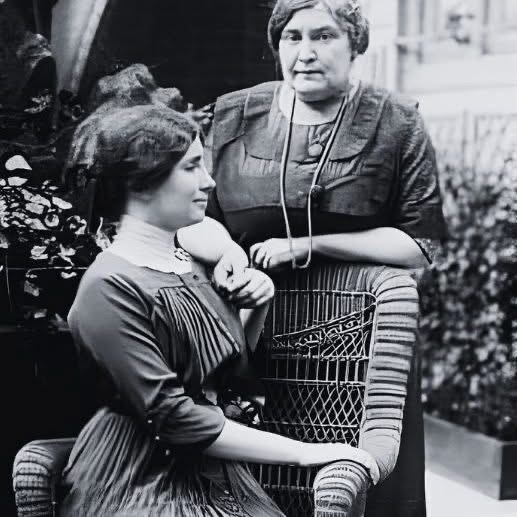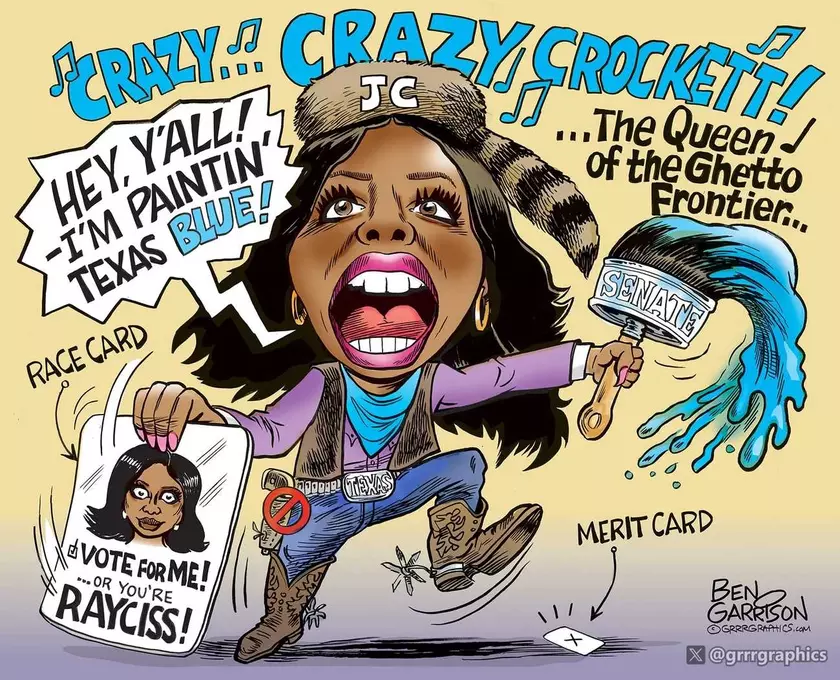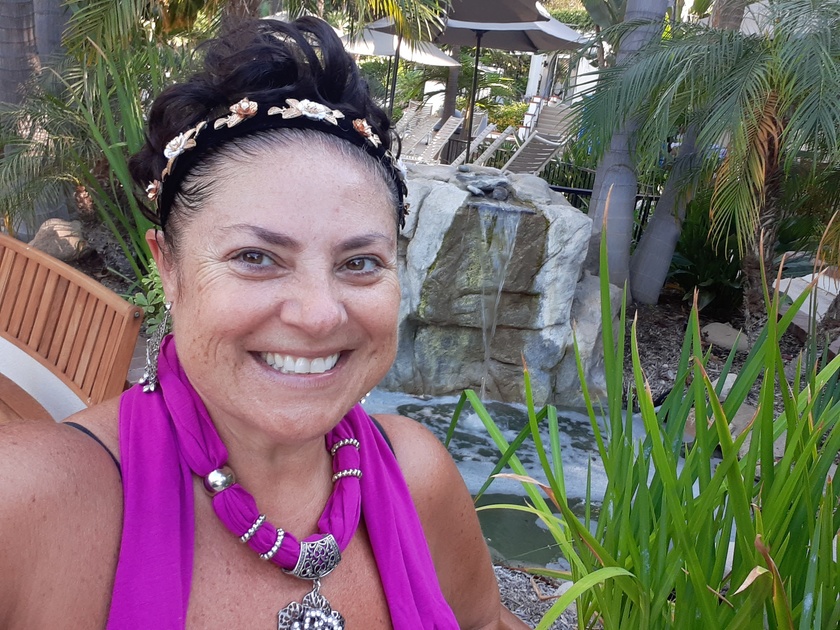
𝗗𝗿. Frank Mayfield was touring the Tewksbury Institute when, on his way out, he accidentally bumped into an elderly floor maid. To ease the awkwardness, Dr. Mayfield struck up a conversation.
“How long have you worked here?” he asked.
“I’ve worked here almost since the place opened,” she replied.
“What can you tell me about the history of this place?”
“I don’t think I can tell you much,” she said, “but I can show you something.”
She led him down to the basement beneath the oldest wing of the building and pointed to a small, rusted cell. “That’s the cage where they used to keep Annie Sullivan,” she said.
“Who’s Annie?”
The maid explained that Annie was a young girl brought there because she was considered incorrigible—wild, uncontrollable, impossible to manage. She bit, screamed, and threw her food. Doctors and nurses couldn’t even examine her.
“I was just a few years younger than Annie,” the maid continued. “I used to think, ‘I’d hate to be locked in a cage like that.’ I wanted to help her, but if the doctors couldn’t, what could someone like me do?
“One night I baked some brownies after work. The next day, I set them on the floor outside her cage and said, ‘Annie, I baked these just for you. You can take them if you want.’ Then I hurried away, afraid she’d throw them. But she didn’t. She took the brownies and ate them. After that, she was a little nicer to me. Sometimes I’d talk to her, and once I even got her laughing.
“One of the nurses noticed and told the doctor. They asked if I’d help them with Annie. So whenever they needed to see her, I went in first to calm her, explain things, and hold her hand. That’s how they discovered Annie was nearly blind.”
After a year of slow, difficult progress, the Perkins Institute for the Blind opened. Annie was sent there, where she learned to read, write, and eventually became a teacher herself.
Years later, Annie returned to Tewksbury to visit and to help. The Director remembered a letter he had just received from a desperate father. His daughter was blind, deaf, and thought to be “deranged.” He didn’t want to put her in an asylum and asked if anyone might come work with her at home.
That is how Annie Sullivan became the lifelong companion and teacher of Helen Keller.
When Helen Keller later received the Nobel Prize, she was asked who had most influenced her life. She answered, “Annie Sullivan.”
But Annie replied, “No, Helen. The woman who influenced us both was a floor maid at Tewksbury who brought a little girl some brownies.”

I will have less of a presence on The Torrid Tribe Community. We have very little activity here. This is a sign to me that members have found other social media resources that they are spending more time in. I am happy to see less censorship on social media in general. I started The Torrid Tribe 4 years ago when we were in a state of censorship and lockdowns. It was a difficult time and this was a haven and sanctuary for so many.
I will be lightly posting things here to give you all content to see. This community will always be open to everyone and will resurrect to its full capacity if subscribers show they want it fully operational again with full time administration.
Thank you for being a part of this community. Sending each of you hugs.
K-
Creator of The Torrid Tribe

Passion is the vibe that I want to bring to this community. I want to enjoy your passion for whatever it is you are into. Let's share what we learn - and learn what each other shares. Foodies unite. I love to cook and share recipes. I will regularly post pictures and recipes are available upon request. I would enjoy discussing your past, present and future journeys. Nature is God and Mother Earth's exquisite gift to us. Share a picture and we will enjoy the beauty through your eyes. Let's get deep and consensual with great subjective matter. This is a non judgemental safe place to let everything hang out.
Thank you for your membership contribution subscription. It sponsors our frequent zooms.
For those members that are enjoying this Community, Please consider subscribing. Your commitment will help this Community thrive.
Thank you and hugs.
Torri
Texas, meet your would-be Senator:
A woman who never met a microphone she didn’t French-kiss, a grievance she didn’t adopt, or a Republican she couldn’t reduce to a racist caricature faster than you can say “Remember the Alamo” (And if the Alamo offends somebody she’ll want it torn down).
”So strap in, Lone Star patriots. The 2026 Senate race just got a new theme song, and it goes a little something like this:
♫ Running for Senate—she was born to grouse
Loudest gabbing mouth in the whole damn House,
Kilt her a bill when she was only three,
Huge eyelashes are helping her to see…
Jasmine… Jasmine Crockett, Queen of the Ghetto Frontier! ♫















